

The history and evolution of medium format film cameras is a fascinating journey through the annals of photography. It's not just about capturing images; it's about capturing moments in incredible detail. Medium format cameras have always been revered by professional photographers and enthusiasts alike, but they didn't come outta nowhere.
additional details accessible view that. Back in the early 20th century, when photography was still kinda new, large format cameras were all the rage. They produced incredibly detailed images, but boy, were they cumbersome! Enter the medium format camera - offering a sweet spot between quality and portability. The first notable medium format camera was probably the Graflex series in the 1920s. It wasn't perfect – nothing ever is – but it marked a significant step forward.
Oh, and let's not forget about Rolleiflex! Introduced in 1929 by Franke & Heidecke, these twin-lens reflex (TLR) cameras became iconic pretty quickly. You might've seen those vintage pics where photographers are looking down into their cameras; that's probably a Rolleiflex right there. It brought a new level of convenience to professional shoots and even some consumer applications.
Then there were Hasselblad cameras which came around in the 1940s. These bad boys really changed the game with their modular design – you could swap lenses, viewfinders, film backs...the works! They got so good that NASA chose them for space missions – how cool is that? Not many can say they've been to the moon!
During mid-20th century, other companies like Mamiya and Bronica threw their hats into the ring too. Each brought something unique to table: Mamiya with its rangefinder models like Mamiya 7 II or Bronica's affordable yet high-quality S2 series - both had dedicated followings.
But then digital era dawned upon us in late '90s/early 2000s...and things started changing fast! Many feared film would be left behind altogether - after all who needs developing rolls when ya get instant results digitally? But guess what? Medium format didn't vanish away; instead it adapted itself beautifully into modern tech world without losing essence of traditional charm!
Surely you've heard names Phase One or Fujifilm GFX series? These giants continue legacy while embracing latest innovations such as super-high resolution sensors producing breathtakingly detailed photos reminding everyone why medium format remains gold standard even today among serious aficionados despite digital dominance elsewhere...
So yeah...from clunky boxes requiring darkrooms back then till sleek masterpieces now boasting touchscreens & Wi-Fi connectivity-they've come long way indeed! And honestly speaking-ain't nothing quite like holding one these beauties knowing history behind lens you're peeking through...
Medium format cameras have been a staple in the photography world for years, and they offer some key features and advantages over 35mm cameras that are worth discussing. First off, let's talk about image quality. You'd think that with all the advancements in technology, 35mm cameras would be able to keep up, but medium format still holds its ground. The larger sensor size is one of the main reasons for this. With medium format cameras, you're getting a sensor that's significantly bigger than those found in 35mm cameras. This means more detail and better resolution.
Now, you might be wondering why you'd need such high resolution. Well, if you're into landscape or studio photography where every tiny detail counts, then you'll see the difference immediately. Medium format cameras allow you to print larger images without losing any quality-something that just ain't possible with most 35mm systems.
Another advantage is dynamic range. Simply put, medium format sensors can capture more shades between the darkest blacks and the brightest whites. This comes handy when you're shooting scenes with high contrast-like sunsets or interiors with tricky lighting conditions.
But hey! It's not all about technical specs; there's something almost magical about using a medium format camera. The ergonomics and design often make them feel like a piece of art in your hands. Of course, they're usually bulkier and heavier than their 35mm counterparts which could be seen as a downside if portability is crucial for you.
Let's not forget lens quality either! Medium format lenses are typically designed to match the superior capabilities of their sensors. These lenses often produce images with less distortion and higher sharpness across the frame compared to many 35mm lenses.
However-and it's a big however-medium format isn't perfect by any means. They're generally more expensive both in terms of initial investment and ongoing costs like film (if you go analog) or storage solutions for those massive digital files. Plus, they aren't exactly speedy; don't expect fast continuous shooting rates or quick autofocus systems here.
So there you have it: while medium format cameras offer unparalleled image quality, greater dynamic range, exceptional lens performance and an almost tactile joy of use-they do come with their own set of challenges including costliness and bulkiness.
In conclusion (without repeating myself too much), if ultimate image quality outweighs factors like convenience or budget constraints for you-then going medium format might just be worth every penny spent!
The world's most expensive photograph, "Rhein II" by Andreas Gursky, was cost $4.3 million in 2011.
The term "megapixel" was first made use of in 1984, describing the number of pixels in an photo, which is critical for establishing photo quality.
Astrophotography has enabled us to take photos that are so detailed, they can reveal celestial objects numerous light years away.
The first color picture was taken in 1861 by James Clerk Maxwell, the physicist well-known for his work in electromagnetism.
Alright, so you're eager to learn how to transform your photos and discover the art of shooting with film?. Well, let me tell ya, it's not gonna be as easy as snapping a pic on your smartphone.
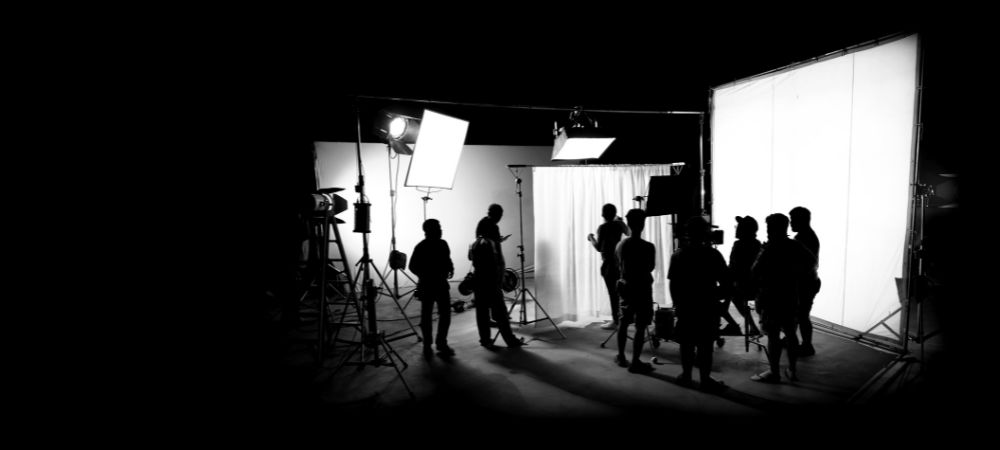
Posted by on 2024-06-28
The Resurgence of Film Photography in the Digital Age: Future Prospects and Sustainability in the Era of Digital Dominance
In an age where digital technology is king, it's kinda surprising to see film photography making a comeback.. It ain't what you’d expect when everyone’s carrying around high-tech smartphones capable of capturing perfect images at the touch of a button.
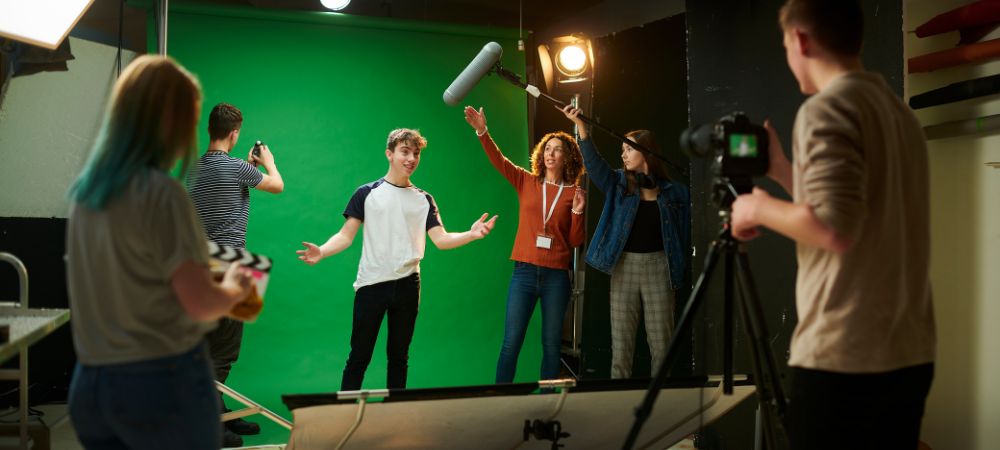
Posted by on 2024-06-28
Analyzing failed shots to improve skills is, believe it or not, one of the most crucial aspects for beginners in film photography.. It's kinda weird to think about it, but those mistakes you make are actually goldmines of learning opportunities!
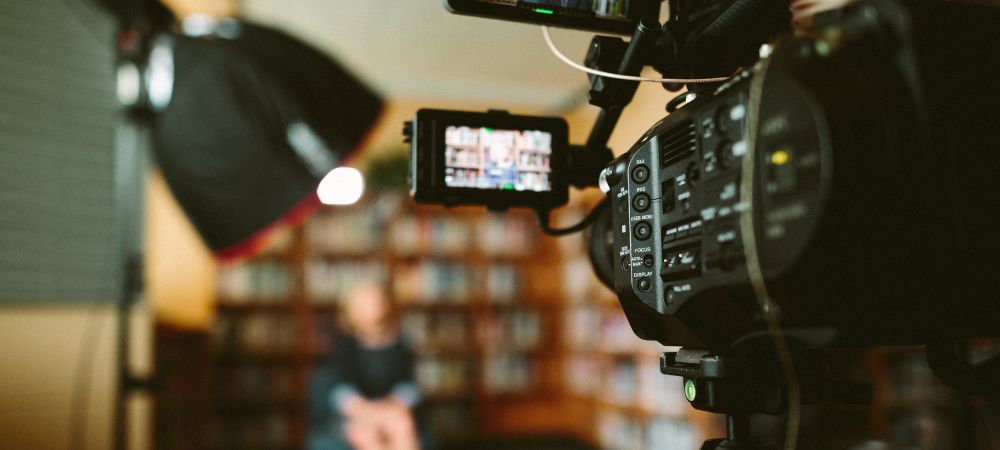
Posted by on 2024-06-28
When it comes to comparing different types of film—35mm, medium format, and large format—practicality and ease of use in different settings play a huge role for photographers.. It's not just about the quality of the image; it's also about how convenient or cumbersome each type can be.
First off, 35mm film is often praised for its practicality.
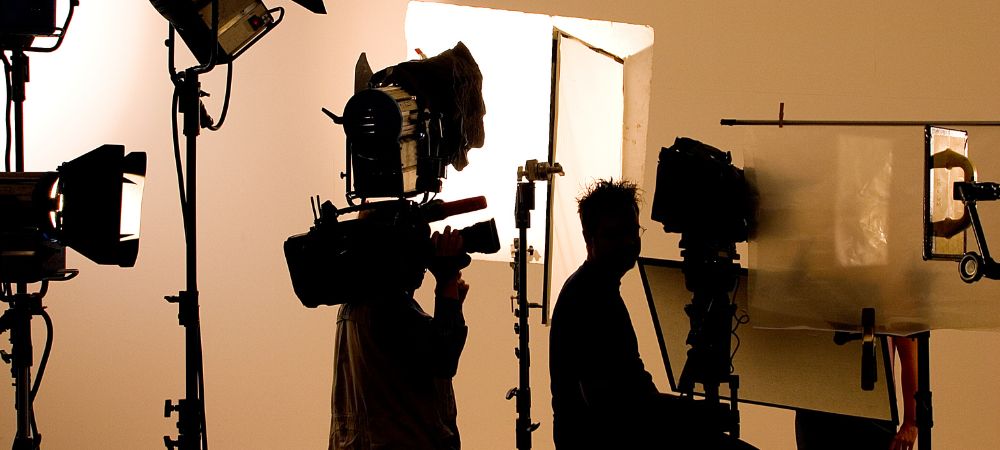
Posted by on 2024-06-28
When it comes to medium format cameras, oh boy, there's a lot to talk about! These aren't your run-of-the-mill point-and-shoots. Nope, medium format cameras are the big guns in the photography world. They capture stunning detail and have that extra oomph that makes 'em special. Now, let's delve into some popular models and brands without getting too technical.
First up, we can't not mention Hasselblad. They've been around forever and their cameras are like the Rolls-Royces of the photography world. The Hasselblad 500 series is legendary; if you've ever seen those moon landing photos, guess what? They were taken with a Hasselblad! More recently, the X1D II 50C has been making waves for its sleek design and killer image quality. It's not cheap though – but hey, you get what you pay for.
Then there's Fujifilm with their GFX series. These guys really shook things up when they entered the medium format market. The GFX 100S is particularly notable because it's relatively compact (for a medium format camera) and packs in a whopping 102 megapixels! That's almost too much detail – but photographers love it.
Don't think I'm forgetting Phase One either. If you're serious about medium format photography (like super-duper serious), these are probably on your radar. Their IQ4 system offers insane resolution and dynamic range but be prepared to sell an organ or two to afford one.
Pentax also deserves a shoutout with their 645Z model. It's more affordable than some of the other heavy hitters yet still delivers fantastic performance. It's durable too – built like a tank!
Let's not skip over Mamiya either; they've got history behind them just like Hasselblad does. Models like the RZ67 Pro II have cult followings among film enthusiasts who swear by its versatility and image quality.
Now, I'd be lying if I said all these options make choosing easy – because they don't! Each brand has something unique to offer which can make settling on one quite tough.
One thing's for sure though: no matter which brand or model you go for, stepping into the world of medium format cameras opens up new creative possibilities that aren't possible with smaller formats.
So yeah, there's plenty out there when it comes to popular medium format camera models and brands - whether you're looking at digital or film variants!
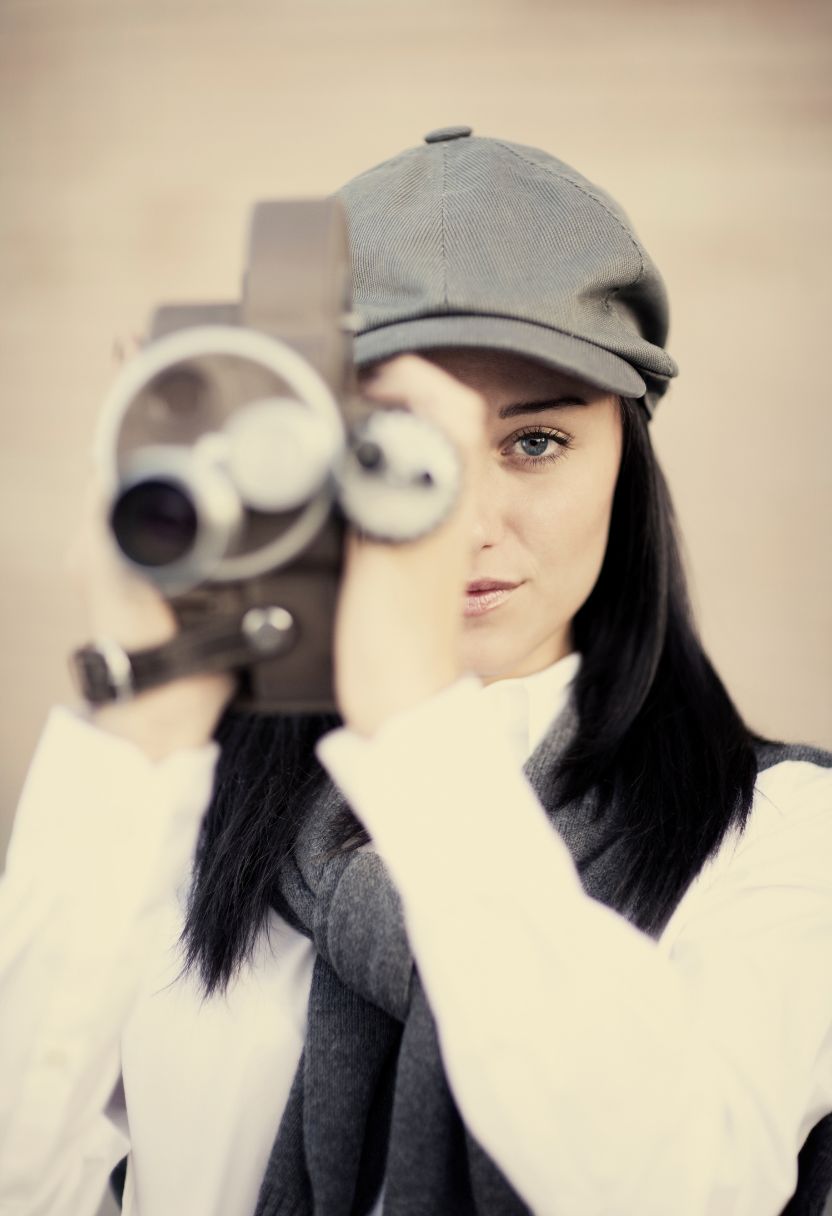

Medium format photography is a fascinating world, ain't it? It offers a whole different experience compared to shooting with 35mm cameras. When we talk about medium format cameras, one of the essential aspects we gotta discuss is the types of film used. And trust me, there's quite a variety!
First off, let's not forget about color negative film. This type of film is probably what most people think of when they hear "film photography." It's versatile and forgiving, allowing for a bit more room to mess up your exposure without ruining the shot. The colors are rich and vibrant, making it perfect for portraits and landscapes alike. You'd find brands like Kodak Portra or Fujifilm Pro 400H dominating this category.
Next up, we've got black and white film. Oh boy! If you haven't tried shooting in black and white on a medium format camera, you're missing out on something special. The level of detail you can capture is just stunning! Ilford HP5 Plus and Kodak Tri-X are some popular choices here. They give you that classic look which never goes outta style.
Now let's move on to slide film or transparency film as some folks call it. Unlike color negatives, slide films produce positive images directly on the film itself. They're less forgiving when it comes to exposure but man oh man, do they pack a punch in terms of color accuracy and sharpness! Fuji Velvia 50 is legendary in this realm – it's not gonna disappoint if you're after those vivid colors.
But hey, don't think that these are your only options! There's also specialty films like infrared films which respond to infrared light rather than just visible light. This can give your photos an otherworldly appearance that's hard to achieve any other way.
And let's not ignore instant films either – say whaaat? Yep! Some medium format cameras like those made by Polaroid or newer models from companies like Lomography use instant films too. Imagine getting that unique look of instant photos but with the higher quality offered by medium formats.
So yeah, there's no shortage of options when it comes to choosing film for your medium format camera – each type has its own charm and specific use case scenarios where it shines best (or perhaps doesn't). Whether you're drawn towards rich colors or moody monochromes or even quick instant shots; there's definitely something that'll fit your needs perfectly!
In conclusion (oh wait I said I'd avoid repetition), err... To wrap things up: diving into medium format photography opens doors to various kinds of films offering different aesthetics and experiences altogether - so why limit yourself? Explore them all!
Shooting with medium format cameras can be a truly transformative experience for photographers, if you know what you're doing. These cameras are not just another tool in the photographer's arsenal; they're a gateway to capturing images with incredible detail and dynamic range that smaller formats simply can't match. But, let's face it, they ain't the easiest to master.
First off, one thing folks often get wrong is thinking they can handle a medium format camera just like their everyday DSLR or mirrorless. Nope, it's not gonna work that way! The size and weight of these beasts mean you'll need some new techniques to keep things steady. A sturdy tripod isn't optional-it's mandatory. Without it, your shots will likely end up blurry messes, especially in low light conditions where handholding becomes nearly impossible.
Another critical aspect is focusing. Medium format systems don't typically come with the high-tech autofocus systems you'd find on smaller cameras. It's mostly manual focus here, buddy! And trust me, nailing focus at shallow depths of field can be tricky business. Use live view mode whenever possible; zoom in on your subject to ensure you've got everything tack sharp before you hit that shutter button.
Speaking of depth of field, let's talk apertures. Medium format sensors are larger than those on full-frame or crop-sensor cameras which means shallower depth of field for any given aperture value. Don't think you can just shoot wide open all the time without considering this factor-you'll end up with parts of your shot outta focus when you didn't intend them to be. Sometimes stopping down to f/8 or even f/11 might be necessary to get everything in sharp relief.
And hey, don't forget about metering! Light behaves differently across such large sensors so relying solely on auto modes ain't gonna cut it here either. You'll have better luck using spot metering or taking multiple readings from different areas within your composition then adjusting settings manually based on those readings.
One more thing: patience! Shooting with medium format requires a lot more time and thought compared to what most people are used too with faster-paced digital photography today. It's almost like going back in time-each shot demands careful consideration because mistakes here aren't easily forgiven by post-processing software later down the line!
In conclusion (without sounding too preachy), learning techniques specific for medium format shooting opens up an array possibilities otherwise unattainable through other formats but also brings along its own set challenges needing adaptation from typical workflows many modern shooters may take granted today . So take deep breaths , slow down & appreciate journey involved mastering these powerful yet demanding instruments – afterall isn't photography itself bout enjoying process equally much as final image?
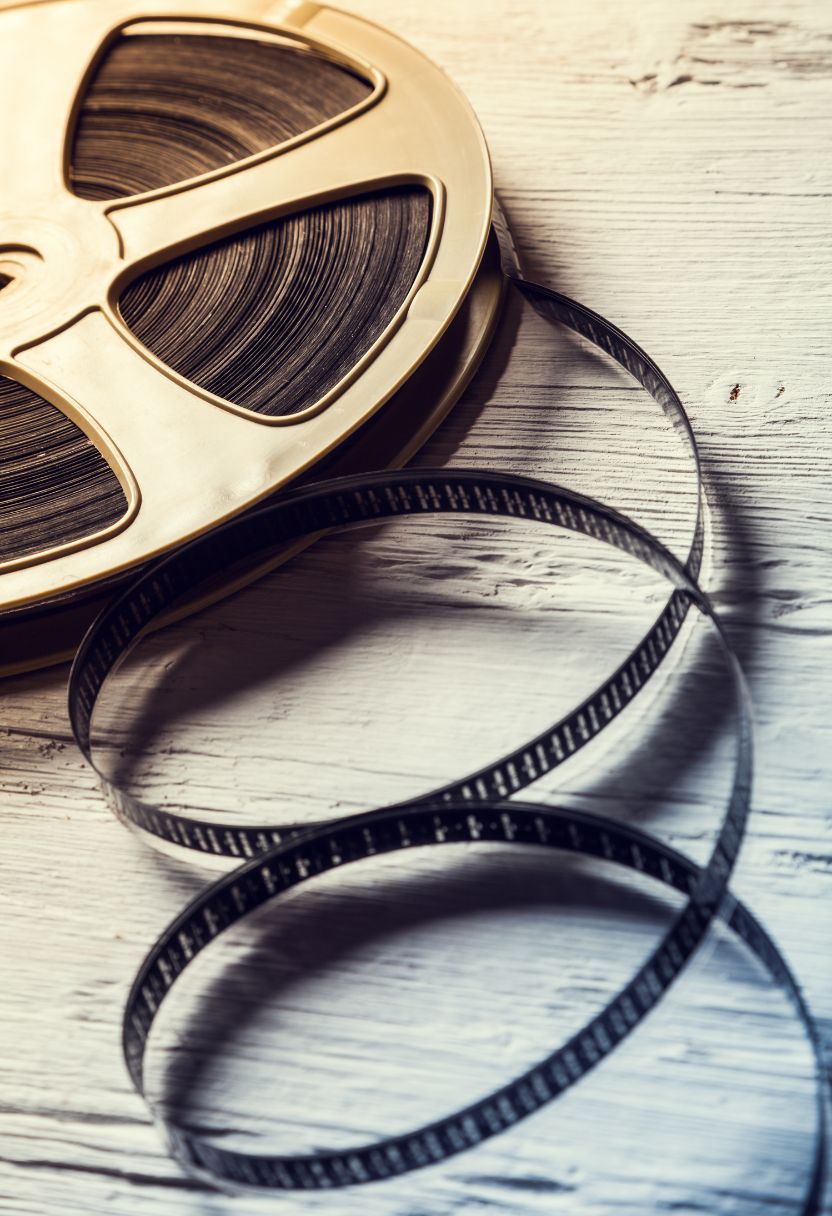
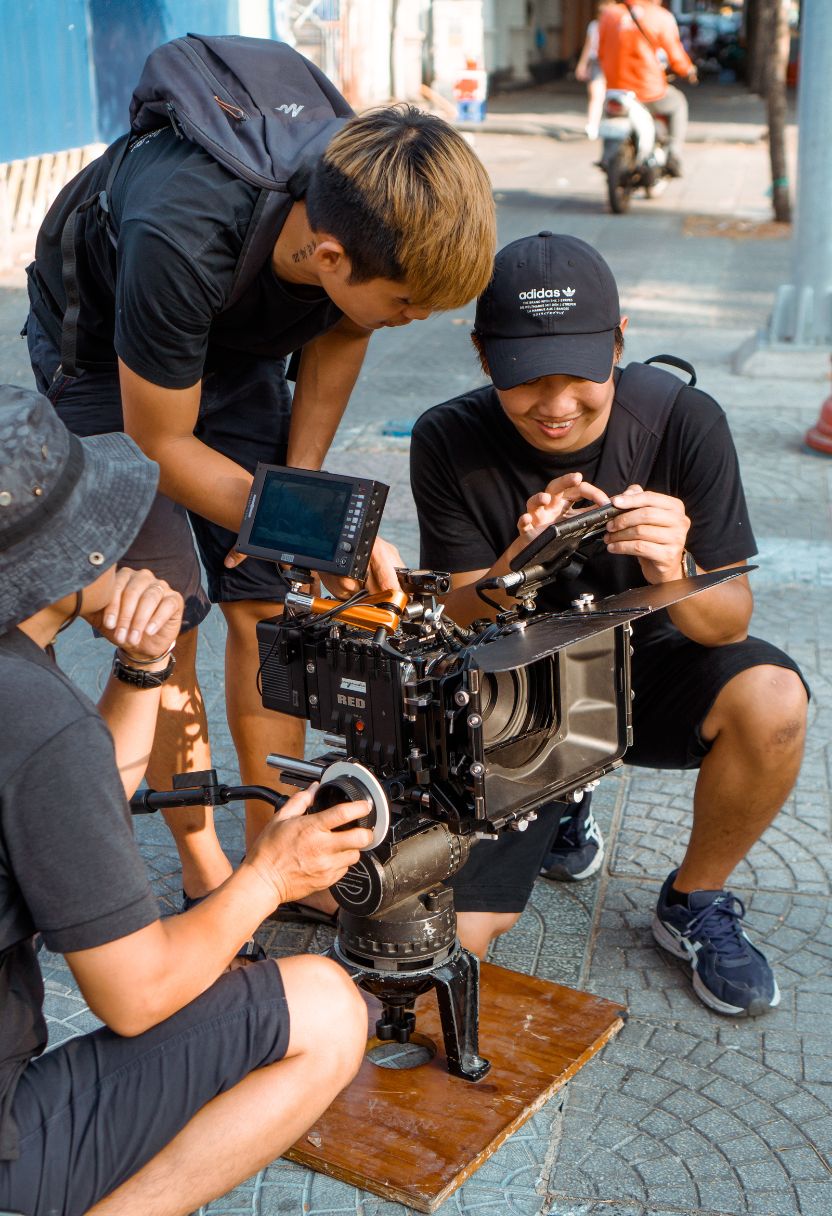
Medium format film cameras, with their larger negatives and incredible detail, have long been cherished by both professional photographers and dedicated enthusiasts. These beauties, however, require a fair bit of maintenance and care to ensure they continue to capture stunning images. Let's delve into some essential tips for keeping your medium format camera in tip-top shape.
First off, don't underestimate the importance of cleaning. Dust is not just an annoyance; it can damage your camera's delicate components over time. It's wise to use a blower brush – those little puffs of air can do wonders! But be gentle; you don't want to blow dust deeper into the camera's nooks and crannies. Never ever use canned air on these sensitive instruments – it's too strong.
Oh, and let me tell you about lenses! They're like the eyes of your camera. Keeping them clean is crucial but also tricky because they're prone to scratches. Use a microfiber cloth and lens cleaner specifically designed for optics. Don't think that a shirt sleeve will do the job-trust me, it won't end well.
Another key aspect often neglected is battery care. Many medium format cameras rely on batteries for their electronic functions or light meters. It's best not to leave batteries in the camera if you're planning not to use it for extended periods; corrosion could sneak up on you! Always store batteries separately in a cool dry place.
Then there's storage – oh boy, this one's important! Medium format cameras aren't exactly pocket-sized; they need proper housing when not in use. A good quality padded bag protects from knocks and bumps while desiccant packs help keep moisture at bay-a sneaky enemy that loves growing mold inside lenses!
Let's talk about film loading next-it sounds simple but isn't always straightforward. Make sure you're loading film in subdued light conditions; bright light can fog your precious rolls before you've even started shooting! And while we're at it: winding film too fast? That's another no-no unless you're aiming for some unintended double exposures.
Lubrication is another critical area which might sound daunting but isn't as scary as you'd think-just don't go pouring oil everywhere! Cameras have specific lubrication points that benefit from occasional attention by professionals who know what they're doing.
Finally-and I can't stress this enough-regular checkups are essential especially if your gear hasn't seen action for awhile or has traveled extensively with you across varied climates (hello humidity!). A technician can spot issues before they become major problems saving both time and money down line!
In conclusion, taking care of medium format film cameras involves more than just pressing shutter button-it demands respect dedication towards preserving intricate machinery capable creating timeless art pieces through lens every click represents commitment towards excellence discipline within craft itself!
So there you have it-a few pointers that'll help ensure your beloved medium format companion continues delivering jaw-dropping photos without hiccups along way remember treat with love deserves after all artistry behind each shot worth every ounce effort put maintaining finely tuned piece photographic history right?